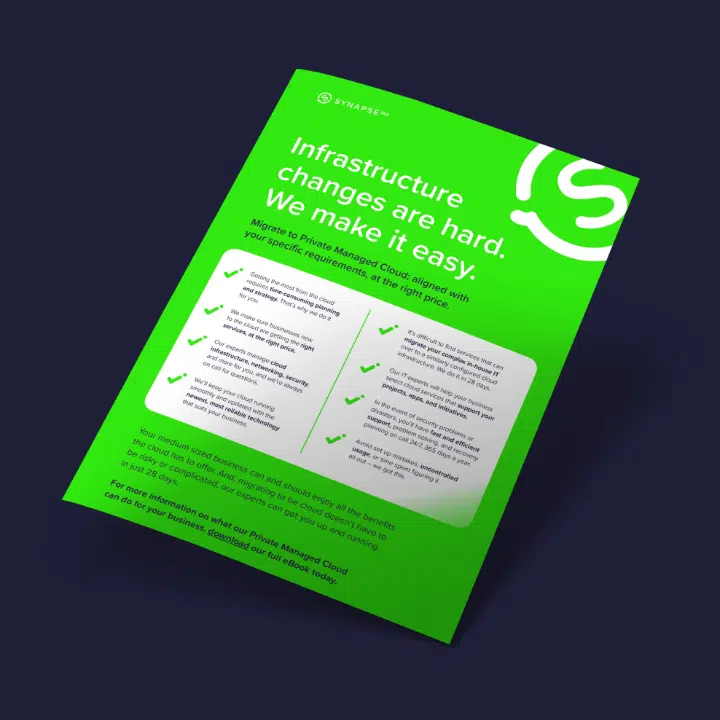Cloud computing has revolutionised the way businesses operate, offering scalability, flexibility, and cost-efficiency. However, in recent years, a growing number of organisations have started moving workloads away from the public cloud and back to on-premises or private cloud environments—a trend known as cloud repatriation. But why is this happening, and what does it mean for the future of IT infrastructure?
Understanding Cloud Repatriation
Cloud repatriation is the process of migrating applications, workloads, or data from public cloud providers back to on-premises data centres or private clouds. This shift can be partial or complete, depending on a company’s specific requirements and challenges.
Many organisations initially embraced the cloud for its pay-as-you-go pricing, scalability, and reduced infrastructure management. However, over time, some have found that it does not always deliver the expected cost savings or performance benefits.
Why Are Businesses Moving Away from the Public Cloud?
Several key factors are driving cloud repatriation:
- Rising Costs
Public cloud services can become unexpectedly expensive particularly for businesses with predictable workloads. While cloud platforms provide flexibility, factors such as egress fees, increasing subscription costs, and underutilised resources can lead to spiralling operational expenses.
- Performance and Latency Issues
For workloads requiring low-latency processing, such as real-time analytics, AI, and financial transactions, the cloud may introduce performance bottlenecks. Many businesses are finding that on-premises infrastructure delivers better, more reliable performance.
- Security and Compliance
Certain industries—such as finance, healthcare, and government—must comply with strict regulations around data sovereignty and security. Keeping sensitive data on-premises ensures greater control and compliance with regulations such as GDPR, HIPAA, and CCPA.
- Avoiding Vendor Lock-In
Relying too heavily on a single cloud provider can lead to vendor lock-in, where businesses struggle to migrate workloads or adapt to changing requirements. Cloud repatriation allows organisations to regain control over their IT strategy.
- Underutilised Cloud Resources
Many companies adopt cloud computing without fully optimising their usage, leading to inefficiencies and unnecessary costs. By bringing workloads back in-house, businesses can better allocate resources and reduce waste.
Cloud Repatriation Strategies
Every organisation’s approach to repatriation is different, but common strategies include:
- Hybrid Cloud Model – Combining public cloud and on-premises infrastructure to balance flexibility and control.
- Private Cloud Deployment – Moving workloads to private cloud environments for better security, cost control, and scalability.
- On-Premises Optimisation – Upgrading in-house infrastructure to handle workloads more efficiently.
Is Cloud Repatriation Right for Your Business?
Cloud repatriation isn’t the best choice for every organisation. Before making the move, businesses should assess:
- Total Cost of Ownership (TCO) – Will on-premises infrastructure provide long-term cost savings?
- Operational Complexity – Does your IT team have the capability to manage in-house infrastructure effectively?
- Scalability Needs – Will your business require rapid expansion that the public cloud supports more easily?
Find Out More with Synapse360
Cloud repatriation isn’t about abandoning the cloud—it’s about finding the right balance between public cloud, private cloud, and on-premises infrastructure. At Synapse360, we specialise in cloud solutions that help businesses optimise their performance, security, and cost-efficiency.
If you’re considering cloud repatriation, speak to our experts today to explore the best solution for your business. Speak to our team of experts today to find out more.



